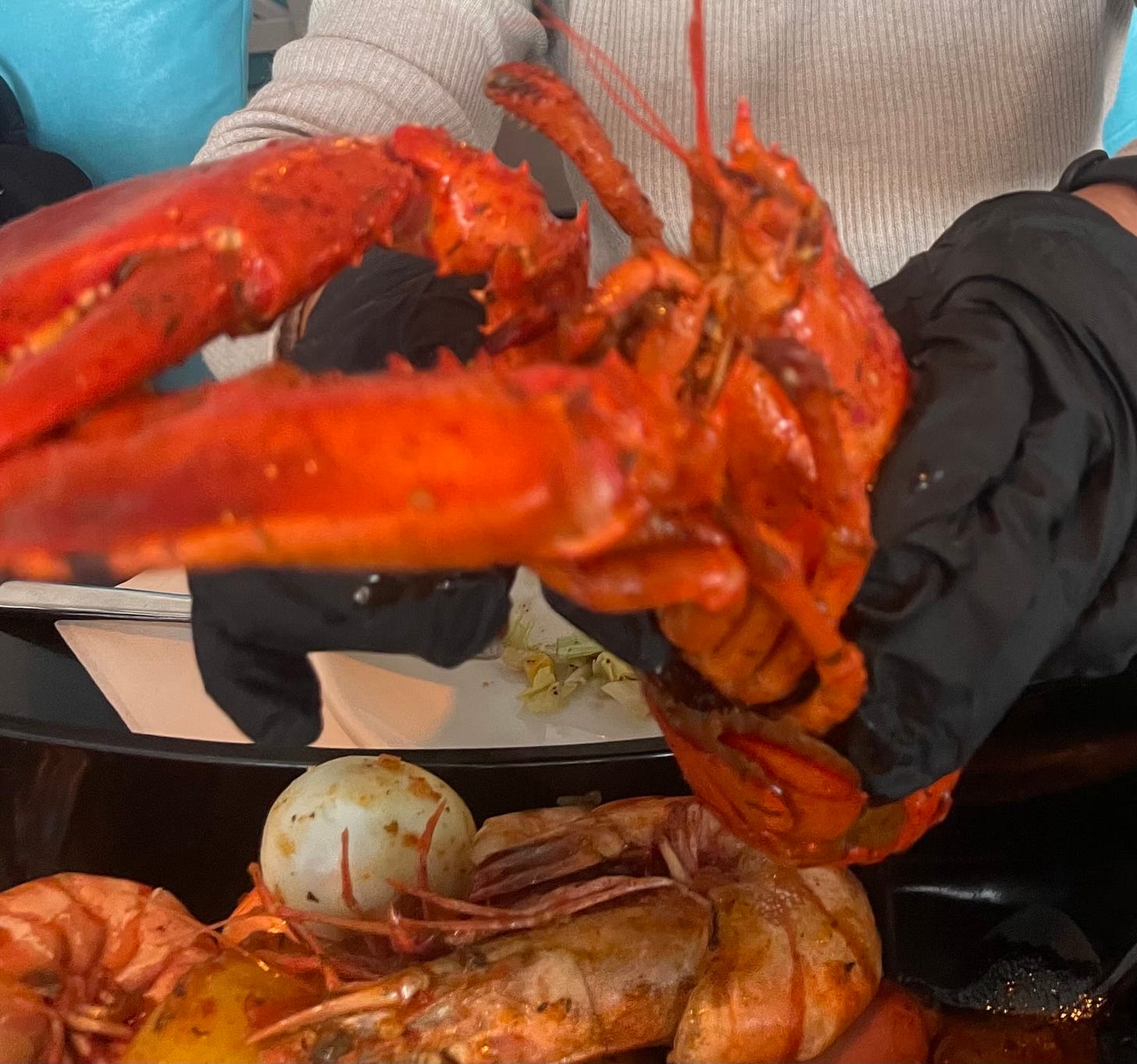Why is Seafood So Expensive in Europe, and what does it mean for the Planet?
Seafood is a beloved part of Europe’s culinary identity, from Spanish paella to French bouillabaisse and Scandinavian smoked salmon. But in recent years, consumers across the continent have felt the sting of rising seafood prices — a trend that signals deeper environmental and economic challenges both locally and globally.
Shrinking Stocks, Stricter Rules
According to the European Environment Agency (EEA), over 30% of fish stocks in European waters are overexploited, particularly in the Mediterranean Sea, which is among the most overfished regions in the world. In response, the European Union has introduced tighter fishing quotas and sustainability measures under its Common Fisheries Policy.
While these efforts are crucial for long-term ocean health, they have led to reduced local supply and higher market prices. In countries like Spain and Italy, fishmongers report that once-affordable varieties such as sardines and anchovies have doubled in price over the past five years.
Climate and Currents
Europe’s seafood sector is also feeling the effects of climate change. Rising sea temperatures are driving species such as cod and mackerel northward into colder waters, disrupting traditional fishing grounds.
In the North Sea, for instance, cod populations have declined dramatically, leading the UK and Norway to cut their 2024 quotas by nearly 20%. Meanwhile, invasive warm-water species are entering the Mediterranean, displacing native fish and complicating catch management.
The Import Dilemma
To meet demand, Europe now imports over 60% of its seafood, much of it from developing countries in Asia, West Africa, and Latin America. While imports fill supermarket shelves, they also raise ethical and environmental concerns.
A 2021 report by the NGO Environmental Justice Foundation found that illegal and unsustainable fishing practices are widespread in regions supplying European markets. In West Africa, large foreign fishing fleets : many subsidized by European companies—deplete fish stocks, leaving local fishermen struggling to survive.
“This is not just an economic issue,” says marine biologist Dr. Laura Klein of the University of Bremen. “Europe’s demand for cheap seafood is contributing to ecological damage and food insecurity in some of the world’s most vulnerable coastal communities.”
Towards Sustainable Solutions
Efforts to promote responsible seafood consumption are gaining ground. Certifications like the Marine Stewardship Council (MSC) label help consumers choose sustainably sourced fish. Some governments, like Norway, are investing in aquaculture innovation to reduce pressure on wild stocks.
Still, experts warn that without global cooperation, these actions may not be enough. “Europe cannot solve this crisis alone,” says Dr. Klein. “We need fairer trade practices, stronger international laws, and more investment in sustainable fisheries worldwide.”
A Reflection of Global Pressure
Rising seafood prices in Europe reflect more than just supply chain or inflation issues — they’re a warning sign from the ocean itself. Behind each fillet lies a story of environmental stress, shifting ecosystems, and global inequality. And unless bold changes are made, the true cost may be far greater than what we see at the market.
Sources:
European Environment Agency (EEA), “Marine fish stocks: Status and trends” (2023)
Environmental Justice Foundation, “Out of Reach: The Cost of Illegal Fishing in West Africa” (2021)
Marine Stewardship Council (msc.org), FAO Fisheries and Aquaculture Division.


